Description
Anatomy improv’d and illustrated with regard to the uses thereof in designing Pl.07 by Michael van der Gucht printed on a Hoodie
About the Hoodie
Modern fit
It provides a more tailored look than a regular fit
Comfortable
The fabric and fit of this item are extra comfy
Tear-away tag
Easily removable tear-away tag that allows you to add a custom inside label
Premium quality
The product is made from premium, high-quality materials
Classic unisex hoodie with a front pouch pocket and matching flat drawstrings. The 100% cotton exterior makes this hoodie soft to the touch.
- 65% ring-spun cotton, 35% polyester
- Charcoal Heather is 60% ring-spun cotton, 40% polyester
- Carbon Grey is 55% ring-spun cotton, 45% polyester
- 100% cotton face
- Fabric weight: 8.5 oz./yd.² (288.2 g/m²)
- Front pouch pocket
- Self-fabric patch on the back
- Matching flat drawstrings
- 3-panel hood
- Tear-away tag
Michael van der Gucht (1660 – 1725)
Michael Vandergucht (née Michiel van der Gucht) was a Flemish engraver and painter who worked for most of his career in England. He engraved portraits, book illustrations, and architectural prints and painted portraits.
Michiel van der Gucht was born in Antwerp, where he became a pupil of Frederik Bouttats the Younger. He was registered as an apprentice in the Antwerp artists’ guild, the Guild of St Luke between 18 September 1672 and 18 September 1673. He is recorded in Amsterdam when, on 19 June 1682, he posted banns to marry Maria van Hogenbergh van Aerschot. He lived on the Rosengracht in Amsterdam.
He moved to England before July 1688. He trained his sons, Gerard Vandergucht (1696/97 — 1776) and Jan (John) Vandergucht (c. 1699 — c. 1730) and George Vertue and James Smith as engravers. His son Gerard became one of the leading engravers in London, following the French method of combining precise engraving with the etched tones. Gerard had 30 children of whom one, Benjamin, was a successful engraver, picture restorer and painter.
Michael Vandergucht died from gout in his house, the Golden Head in Queen Street, Bloomsbury, and was buried in the churchyard of St Giles-in-the-Fields.
He engraved portraits, book illustrations, and architectural prints and painted portraits. He kept to a restrained form of engraving, without etching. His figures often appear wooden and uninspired.
He provided many of the engravings for the first complete English translation of Andrea Palladio’s I quattro libri dell’architettura published in London in 1715. Most plates in the publication are reverse-copies of those in the original edition, but with measurements corrected by its editor and publisher, Giacomo Leoni.

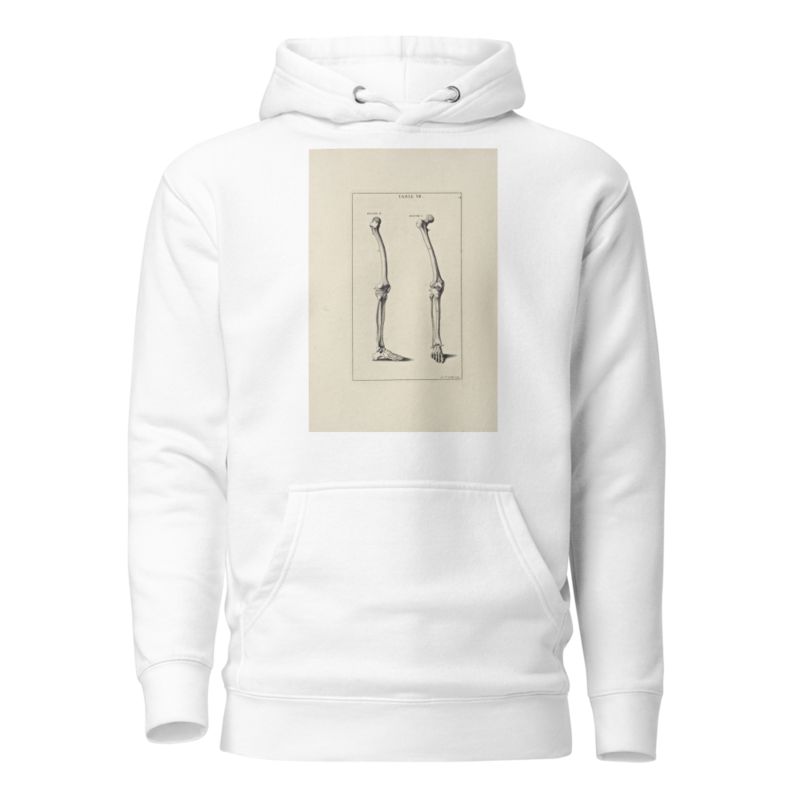
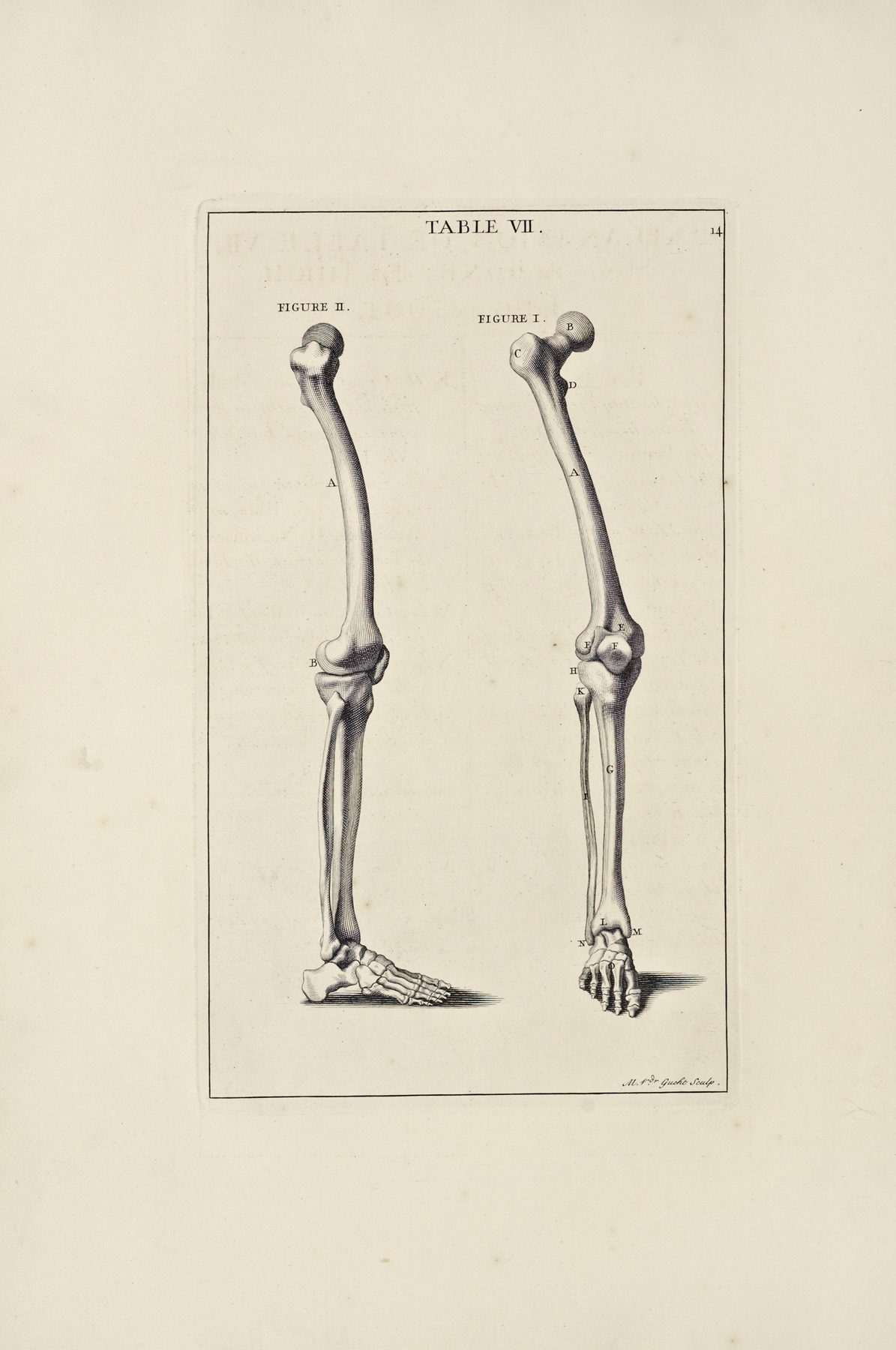
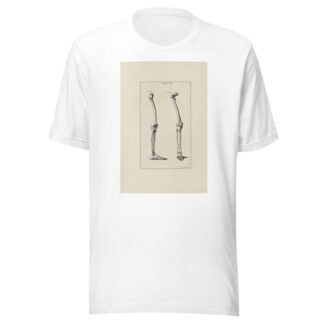
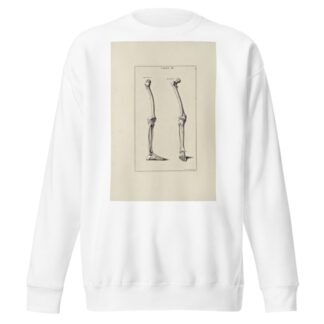
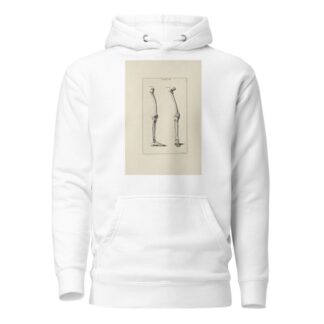
Reviews
There are no reviews yet.